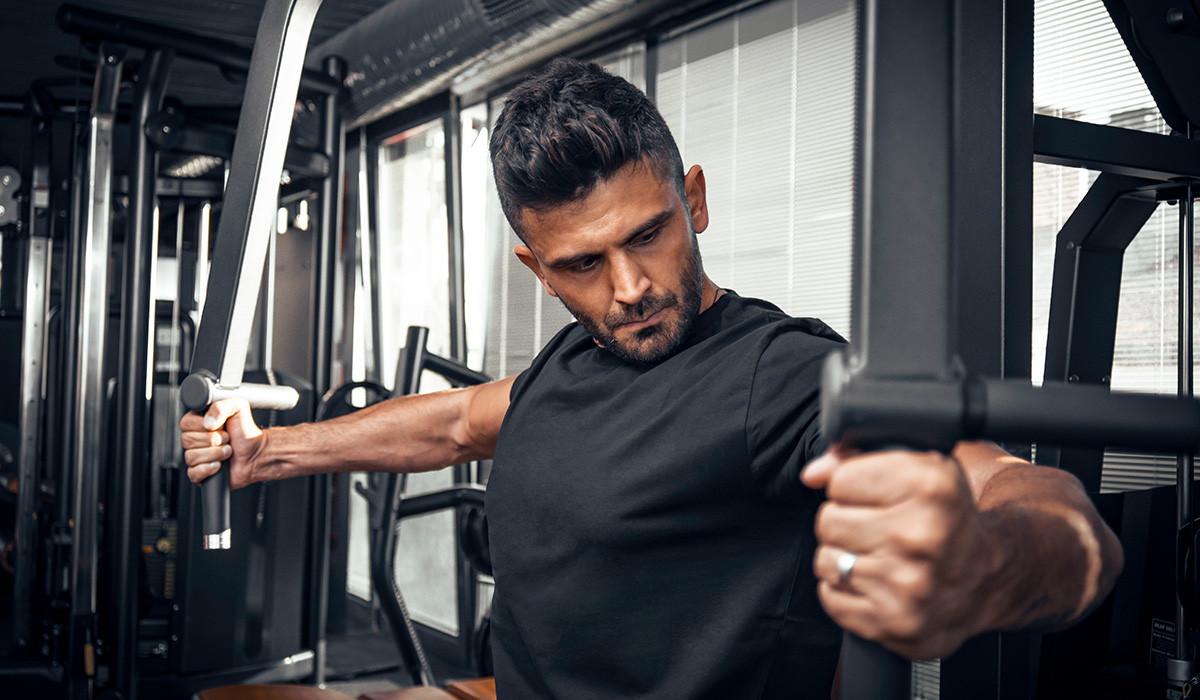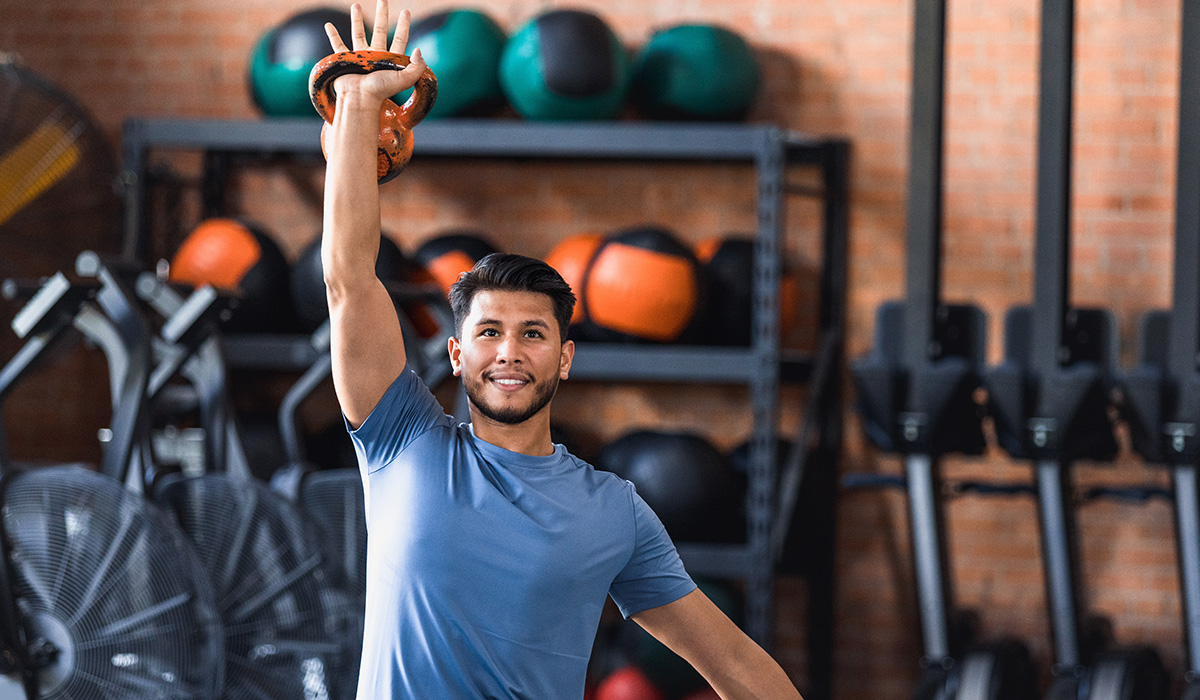Pre-exhaust training is a strength training concept which was designed to fully stimulate larger body parts that might otherwise be held back by relatively weaker body parts during multi-joint movements or compound exercises.
For example, if you were to do a pressing movement for your chest, this involves many other smaller muscle groups such as the triceps at the back of your arms. These smaller muscles normally tire much more quickly than the large muscles so in theory you stop the chest press movement when your triceps are tired not when your chest muscles are.
Pre-exhaust seeks to address this by firstly working the larger muscle involved in a movement with what is known as an isolation or single joint exercise before moving onto a compound movement or multi joint exercise, meaning in theory all the muscles involved now tire at the same time, so before your chest press movement you would do 1 set of a chest fly type movement (isolation) for 12-15 reps before moving onto your pressing movement (compound)
There are two commonly used ways to use the pre-exhaust concept the first and most used is to complete the isolation exercise first then rest between 60-90 seconds before moving onto your compound movement, or a more extreme method sees you move from isolation to compound movement with no rest.
WHAT ARE THE BENEFITS?
- Muscle recruitment is being used maximally throughout the session
- Increase muscle growth + strength
- Adds variety to your training
- Can help to burn fat
- You are getting double the work on the big prime mover and only one set of work on the smaller synergist
- Pre-fatigue of the bigger mover so both the prime-mover and the small can reach overload at the same time
- The workout intensity is extremely high by forcing the target muscle to a point of muscular failure and then pushing them through even more training volume using a compound movement.



